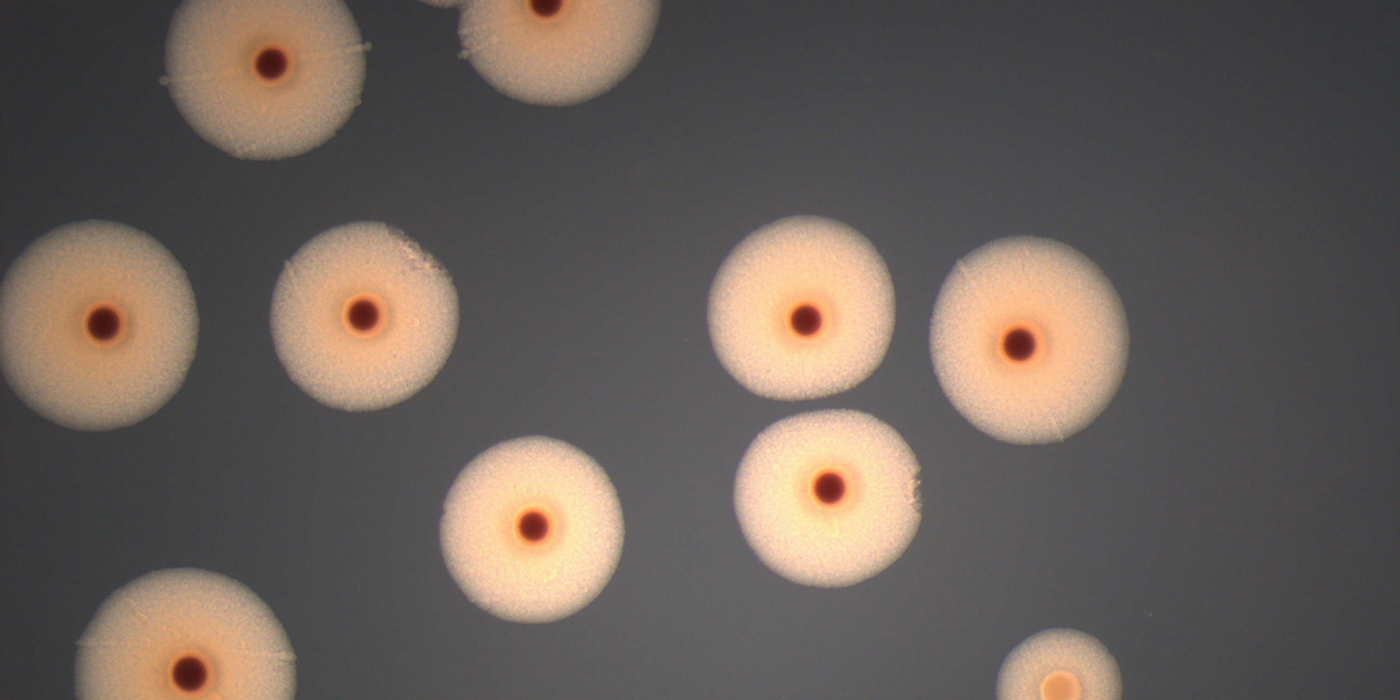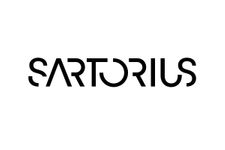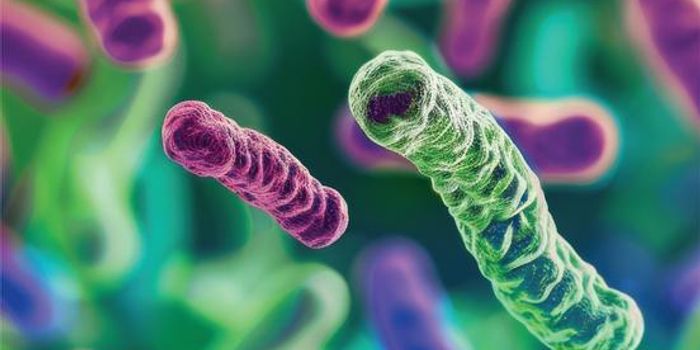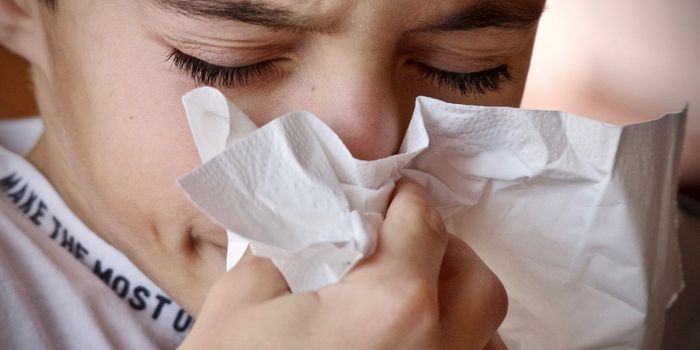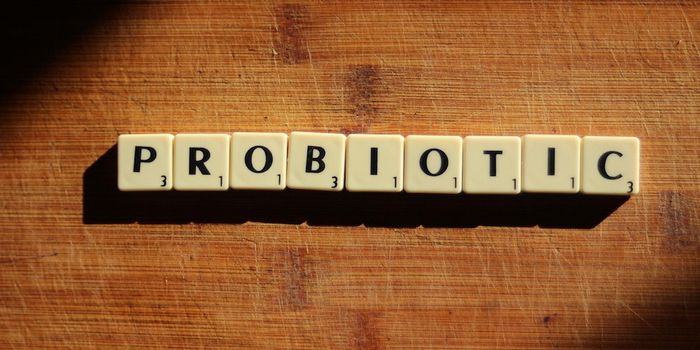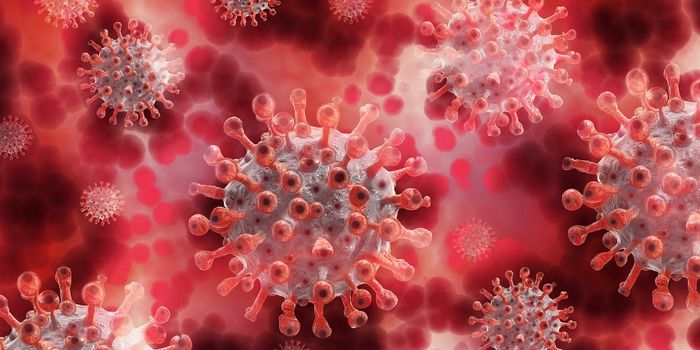How to Detect Mycoplasmas in Your Cell Cultures
Cell culture is a deliciously inviting hub for bacteria, fungi, and mycoplasmas. However, as our own 'cell-culture sleuth' points out, failing to detect and eliminate contamination can alter all aspects of cell biology, impacting data and risking the production of unsafe cell therapies. Let's dive in.
Mycoplasma contamination is a huge concern for cell culture labs, especially those working on Advanced Therapy Medicinal Products (ATMPs), like cell therapies, where patient safety is a priority. Their small size helps them escape many standard sterilization methods, which is why labs depend on rapid and reliable mycoplasma testing that meets regulatory standards.
This is where Diana Patzelt comes in. After a molecular microbiology-filled academic and research career, several years of product development within Sartorius R&D, Diana Patzelt became the Global Project Manager for Microbial Enumeration Products at Sartorius. In this interview with Diana, we will learn about where mycoplasma come from, its impact on cell cultures, and the solutions available for its detection.
Question: What are mycoplasmas?
Mycoplasmas are small, prokaryotic organisms and the most common contaminants found in cell cultures. The primary difference between mycoplasma and other bacteria is their lack of cell wall and their flexible membrane. Mycoplasmas are typically 0.15–0.3 µm in size; so, they can pass through the filters used to sterilize cell-culture media, sera, and other reagents. These organisms are also resistant to most antibiotics used in cell cultures.
Question: What are the sources of mycoplasma contamination?
Mycoplasma contamination often comes from infected cultures shared between research labs. It can also sneak in through cell culture media and animal products used in cell culture. Even the lab team needs to be careful—a single sneeze or simply talking can infect nearby cell cultures.
Question: Why is mycoplasma testing required?
Biopharmaceutical labs need to test for mycoplasma because these microbes can drastically change cellular metabolism. Most of the time, mycoplasma infections in continuous cell lines come from just a few species that spread easily from one infected cell culture to another, either through the air or poor aseptic techniques. Keeping up with regular mycoplasma testing and control measures helps dodge the expensive fallout of contaminated cell cultures, making sure biopharmaceuticals are safe and scientific results are trustworthy.
Question: What methods are used for mycoplasma detection?
Having access to precise, sensitive, and dependable detection methods, along with strong and effective elimination strategies, gives us a solid defense against mycoplasma contamination in cell cultures. There's a whole range of techniques out there for detecting mycoplasma in various samples, each with its own pros and cons depending on what you're testing. Many of these methods can take up a lot of time, involve some subjective assessment, and get complex. In my opinion, the most flexible, reliable, accurate and fast detection method is PCR.
Question: What are the advantages of PCR detection?
PCR-based techniques target the genetic makeup of microorganisms. When paired with a good sample prep protocol, PCR-based technologies provide quick, specific, and sensitive results. They're great at catching a wide variety of mycoplasma, even intracellular or dormant mycoplasma that growth-based methods can miss. With PCR, you can multiplex tests and check for several pathogens in a single run. Real-time PCR assays can also be quantitative without adding additional steps to the assay.
Question: What regulatory standards are involved for ATMPs testing?
Mycoplasma testing is crucial for the quality control of ATMPs in cell therapies, ensuring their biological safety and integrity. The kits for detecting mycoplasma must be validated based on European Pharmacopoeia (EP) section 2.6.7 standards for sensitivity, specificity, and robustness. They also adhere to the criteria of international regulatory bodies like the United States Pharmacopeia (USP) and the Japanese Pharmacopoeia (JP), which guarantees their global acceptance and reliability.
Question: Which PCR-based mycoplasma-detecting solutions does Sartorius offer?
Our Microsart® ATMP Mycoplasma kit is a validated, real-time PCR-based test for pharmaceutical quality control, and the only one capable of detecting contamination in under 3 hours. It uses a specialized mycoplasma DNA extraction and a TaqMan multiplex PCR assay, giving a detection sensitivity below 10 cfu/mL for all pharmaceutical-relevant mycoplasma species. This kit really supports rapid and cost-effective in-process testing for R&D – and I say that as an experienced ’cell-culture sleuth’.
